He was a true master. Christian Dior once said that if fashion is like an orchestra then it’s conductor is Cristobal Balenciaga. Indeed. Why’s that so? Balenciaga was a phenomenon because there’s not much of a designers that can do it all. And Balenciaga was a true craftsman, the one that you probably can’t find today. This aspect of his work is a leitmotif of an London exhibition that you can see in Victoria and Albert Museum. If you’re interested how the magic happened in Balenciaga’s atelier, London is your next stop.
But let me start from the beginning. One designers are known for their prints (Marni), others for embroidery (Elie Saab), next for using avant grade materials (Martin Margiela). Balenciaga was a true master because he was a tailor and a couturier as well. He was taught to sew men suits as well as women dresses, but he were using these skills at once. Balenciaga had a unisex approach towards fashion and his clothes created a unique quality.
London’s exhibition shows us Balenciaga’s works from 50′ and 60′. It’s not about the clothes itself but the process that stood behind it. Curators wanted to show the craftsmanship of Balenciaga’s atelier and his knowledge of fabrics.
1967. Balenciaga’s Envelope dress is featured on the cover of Harper’s Bazaar. What is so spectacular about it? It looks like a triangle with it’s stiff material and original shape. It doesn’t remind a classic dress at all, especially the popular ones that at that time made Christian Dior. It showed rather a new approach toward design – playing with fabric.
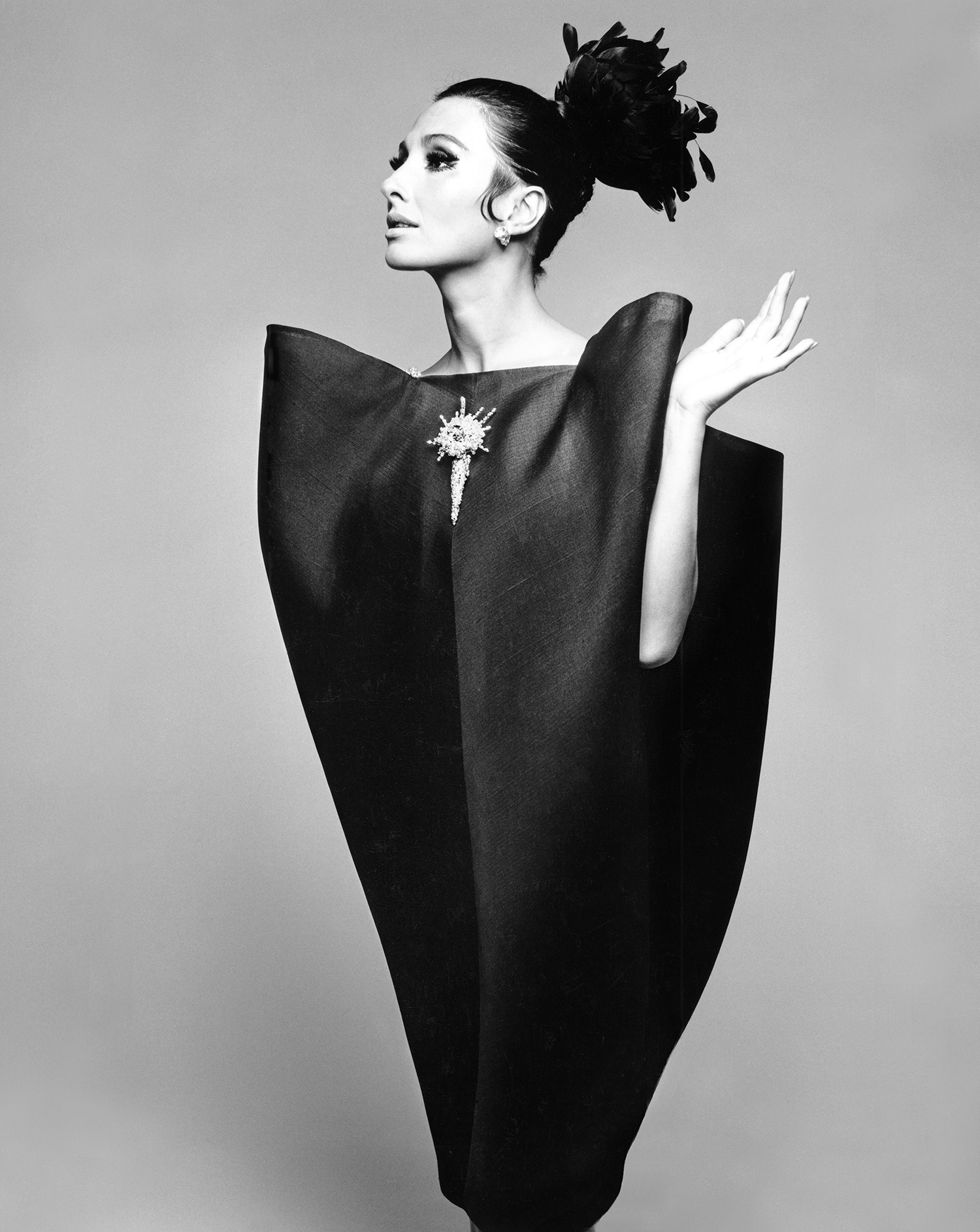
In Balenciaga’s atelier everything started with arms and neck. Not as in Dior’s New Look design with waist and hips. Balenciaga considered these two parts of woman body the most important, he didn’t want a feminine hourglass shape but more cube like, sharp and edgy with exaggareted upper body and slim waist and legs. This obsession towards oversized arms, sleeves that we see nowadays at the streets is nothing more that an inspiration in Balenciaga’s iconic projects that the new creative director Demna Gvasalia wanted to show in latest french fashion house shows.
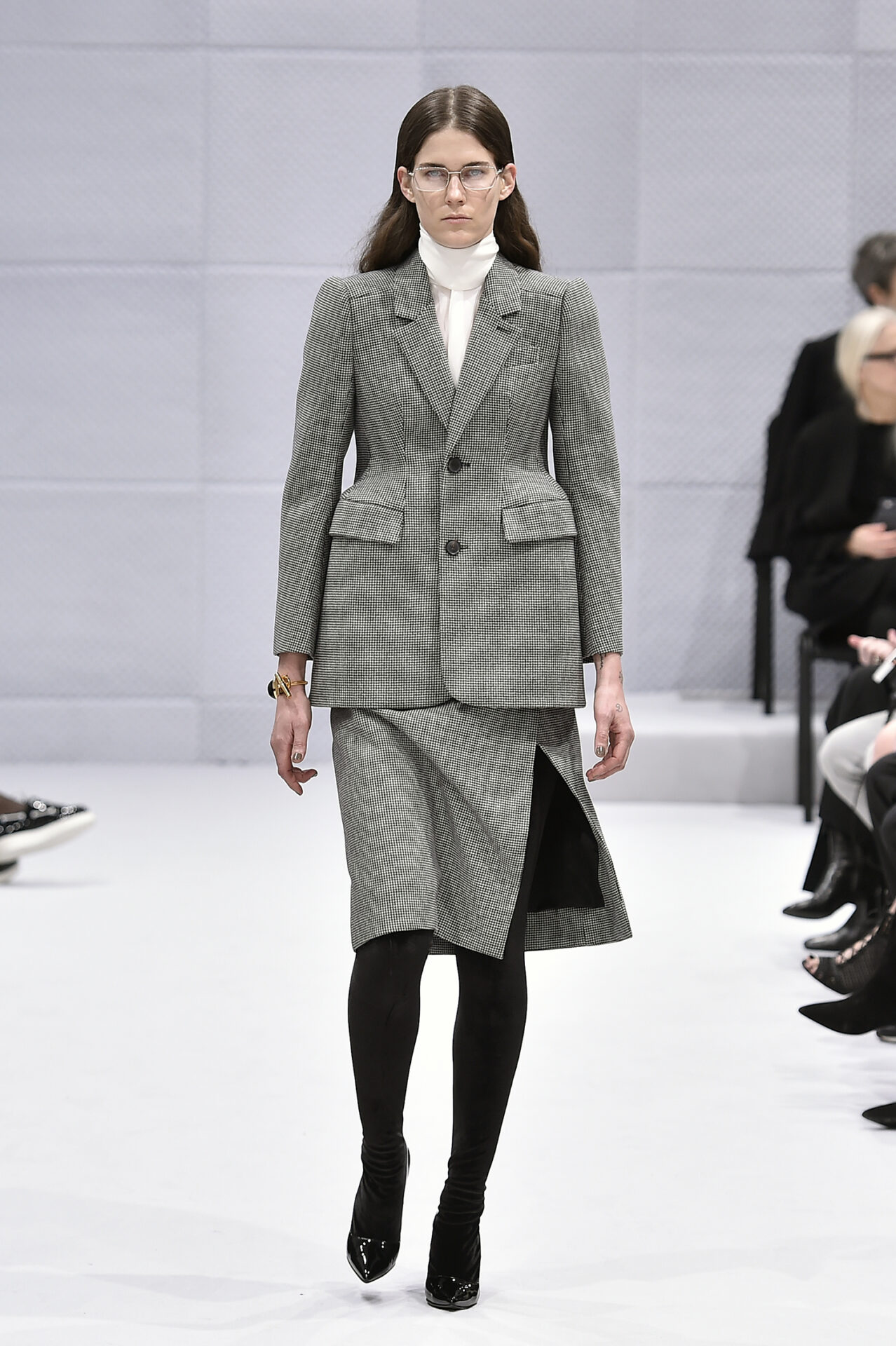
Balenciaga never started his work with a sketch, he only worked with fabrics. In that sense he was working almost like an sculptor – he wanted to feel the fabric and let it show it’s shape not to sketch it first. When we look at the iconic Lisa Fonssagrive – Penn jacket with cascade like sleeves, we could see a lot of ancient greek sculpture inspirations. Balenciaga managed to achieve this shape by adding to ribbons underneath which holds the material. No need for stitches, which he hated.
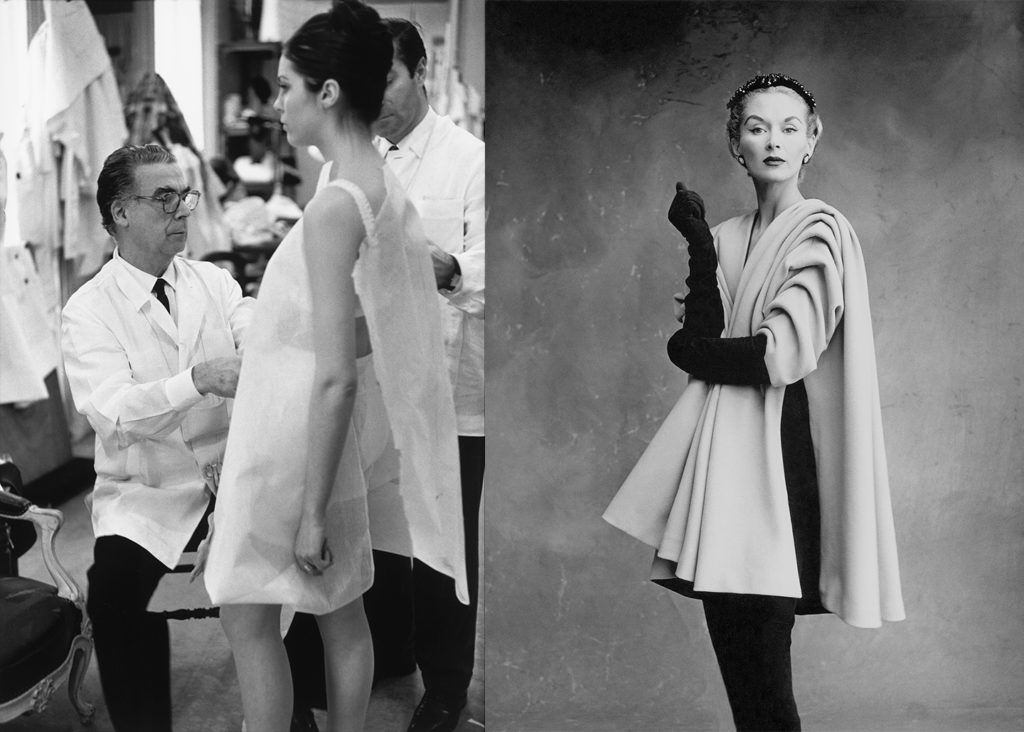
In famous Tulip Dress he needed only only two stitches at the back to hold the few meters of fabric. How did he achieve that? By his great knowledge of the materials. In Balloon dress, that looks puffy and light, he used very light taffetas, and for more structured like mentioned earlier Envelope Dress, he ordered from Switzerland the gazar silk, which was his favorite fabric of all.
The exhibition also revealed that it was due to combing fabrics that he didn’t have to add lots of stitches. Apparently he glued silk on top of each other or used other fabrics to create a solid construction.
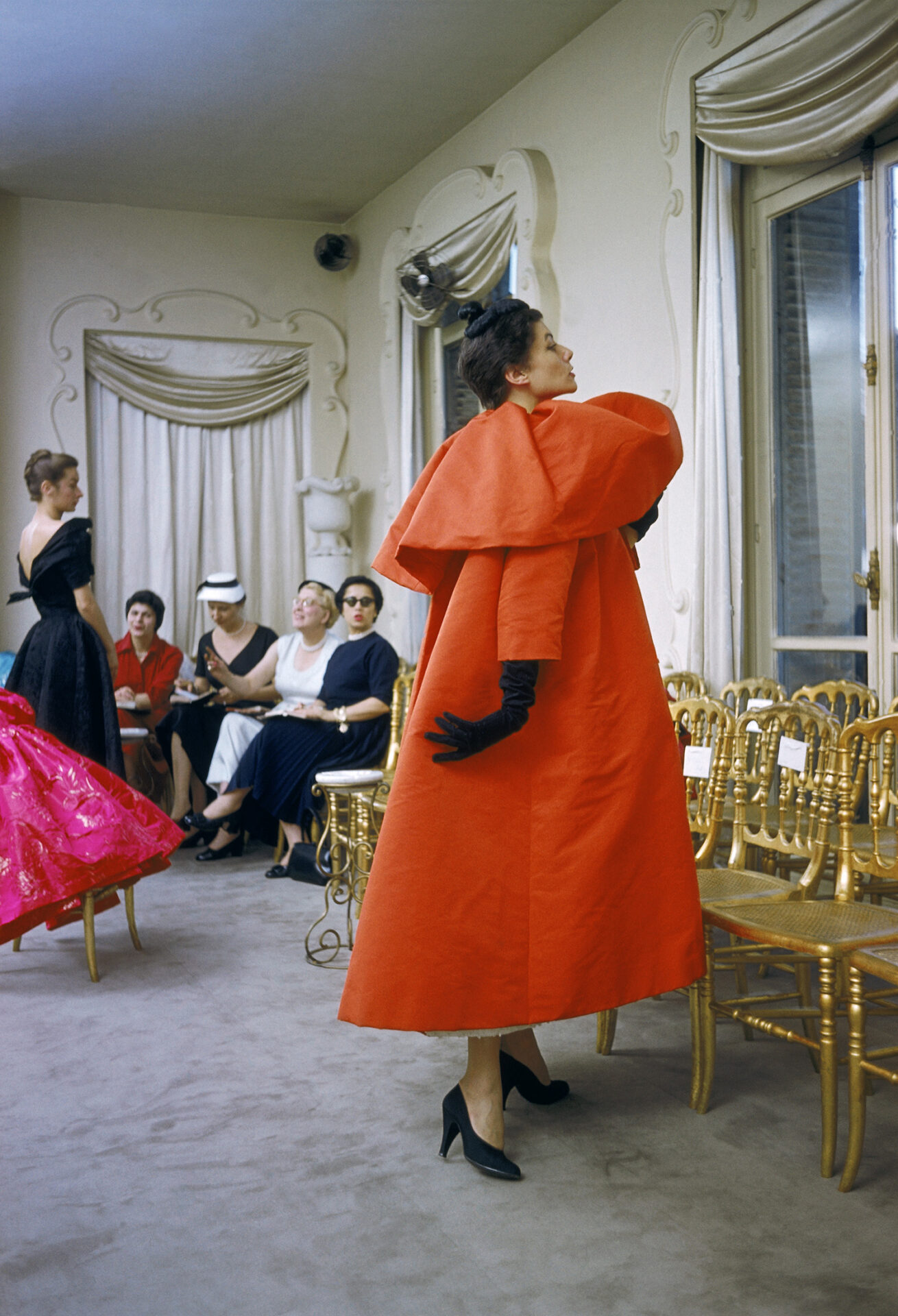
Exaggerated arms are not the only thing in fashion that we owe to Balenciaga. It’s is thanks to him that women jackets had broader collars and neck lines as well as shortened sleeves – all to expose better jewelry. If you look at the shape of the collar in the tweed jacket below, you could definitely see the reminiscent of nowadays denim jackets that Gvasalia showed in his debiut fashion show in 2016.
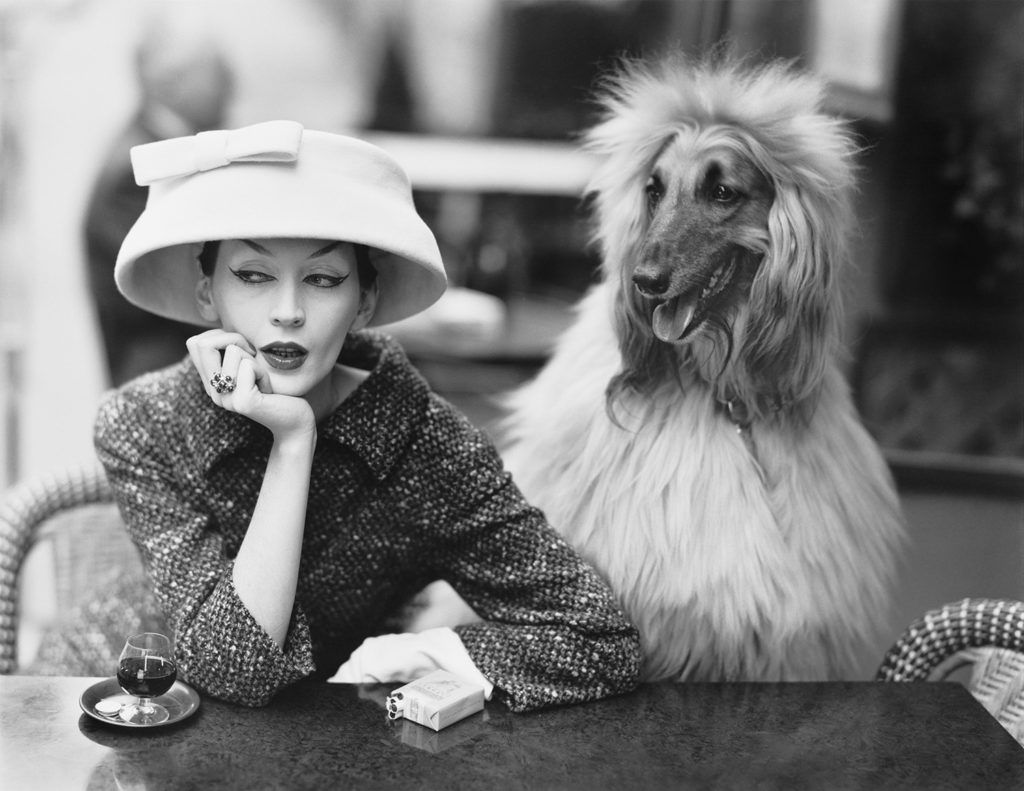
But the true art is not with the clothes but with hats I believe. This surrealist design where made for Balenciaga fashion house by Wladzio d’Attanville i Ramon Esparza. The most popular design is definitely a famous Spiral hat that was used in exhibition’s posters but other interesting projects are from example hat that was made of little leaves, flowers or the one looking like a veil.

Is it worth seeing London’s exhibition? It’s not a breathtaking presentation, you definitely won’t see the splendor that you might discovered in latest Christian Dior exhibition in Paris, but it’s really interesting on educational and even academic level. It literally rips of the dresses to look at the way they were made. For a person that is interested in fashion as a craft looking into specially made x-rays of clothes is really fascinating. Not to mention that it’s not very often that the fashion house has a 100 years anniversary.
Balenciaga. Shaping Fashion, Victoria & Albert Museum, London, until 18th February 2018 r.
Until next time,
A.
Press images thanks to the courtesy of Victoria & Albert Museum
